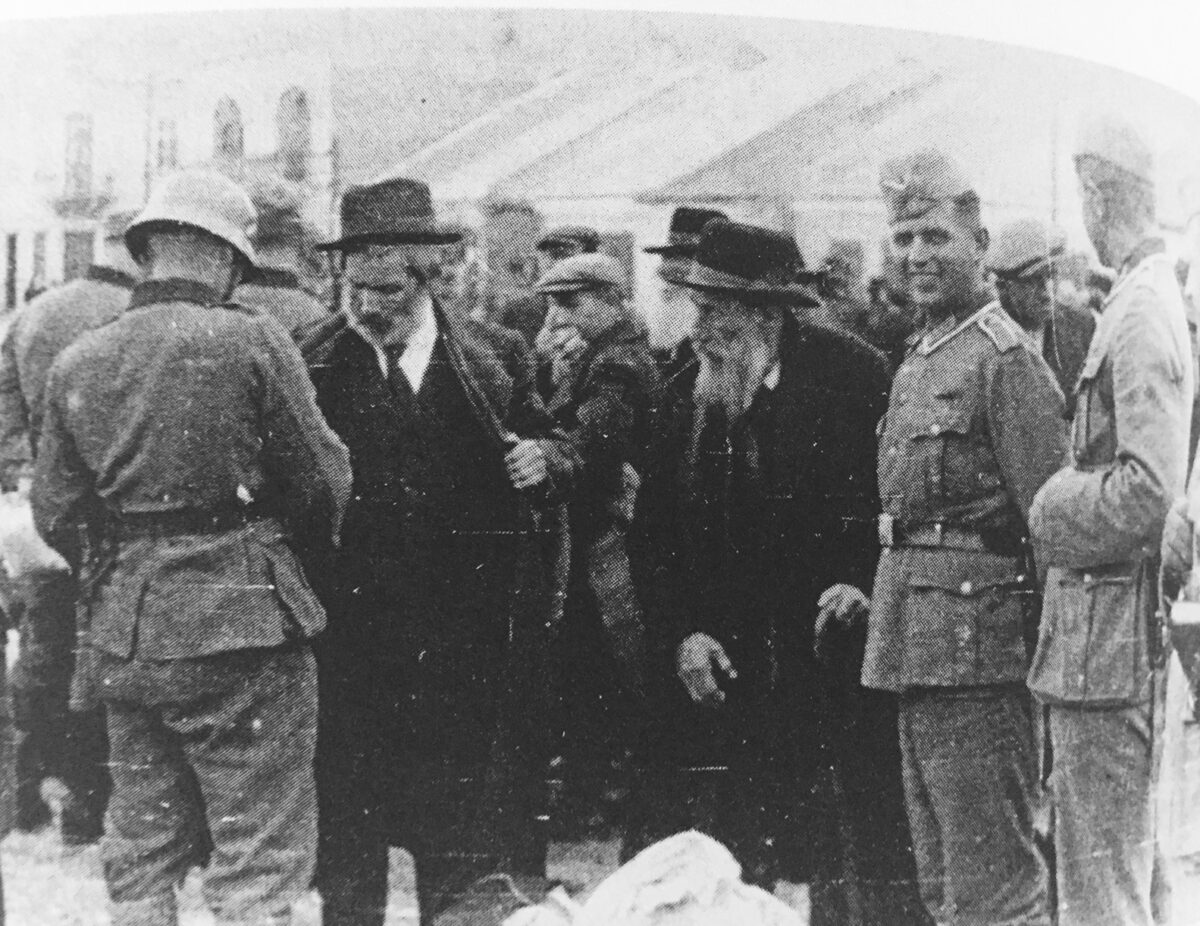Germany’s invasion of western Poland on September 1, 1939 was matched by the Soviet Union’s conquest of eastern Poland 16 days later, as per their non-aggression pact to partition the country, signed on the eve of World War II.
Germany violated the agreement in June 1941, conquering the rest of Poland en route to invading the Soviet Union. During these upheavals, a mass migration of Poland’s Jewish citizens took place.
Eliyana R. Adler writes about this tumultuous period in Survival on the Margins: Polish Jewish Refugees in the Wartime Soviet Union, published by Harvard University Press. It is a neglected area of scholarship, but in this thoroughly-researched book, she fills that yawning gap admirably.
The exact number of Polish Jews who fled is unclear. But by her estimate, well over 100,000 western Polish Jews left their homes in the first weeks and months of the German occupation. With Germany’s thrust into the Soviet Union, upwards of 200,000 Jews in eastern Poland fled for their lives. In other words, about 10 percent of Poland’s prewar Jewish population of 3.3 million fled to avoid Nazi persecution.
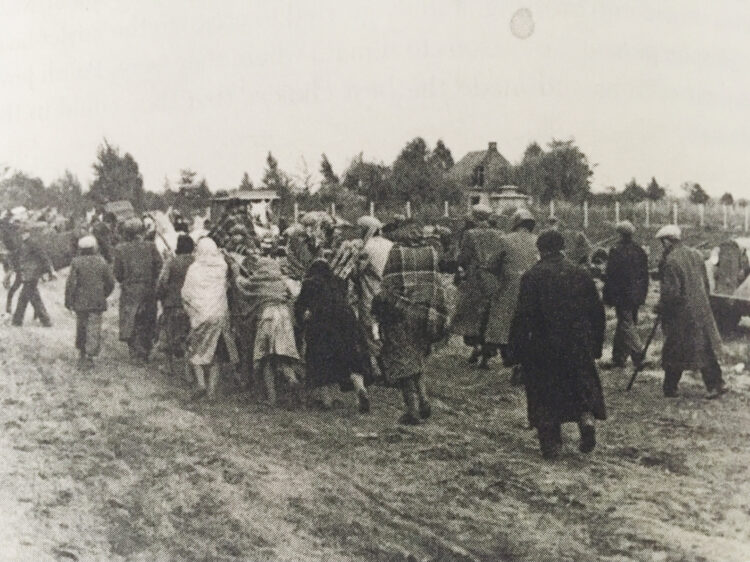
These migrants generally ended up in the Central Asian and Siberian regions of the Soviet Union. Still other Polish Jews went to Hungary, Romania and the Baltic states, but Adler does not deal with this migration.
With Germany’s defeat in 1945, something like 250,000 Jews returned to Poland. During the postwar years, the majority eventually emigrated, bound for Israel and a host of western countries ranging from the United States and Canada to Sweden and Australia.
Prior to the war, Polish Jews had no illusions about the antisemitic Nazi regime in Germany. Two closely related events in 1938 underscored that bitter reality.
On October 28, roughly 17,000 Polish Jews residing in Germany and Austria were compelled to leave and forced to camp out in the no-man’s land between Germany and Poland. Shortly afterward, the nation-wide Kristallnach pogrom shook German Jews to the core. Further anti-Jewish atrocities, a prelude to the Holocaust, occurred when western Poland was occupied by the German army.
According to Adler, 1.5 million Jews were trapped in Nazi-occupied Poland, while 1.3 million Jews resided in its Soviet-dominated eastern borderlands.
When German forces marched into Warsaw, Polish government and military officials had already gone to Romania. They established a government-in-exile, first in Paris and then in London.
Jews fleeing western Poland tended to be unencumbered young men with leftist political beliefs. In the wake of the German-Soviet Boundary and Friendship Treaty of September 29, 1939, Jews found it harder to leave the German zone and relied increasingly on local Polish and Ukrainian smugglers.
As Adler points out, the relatively brief Soviet occupation of eastern Poland led to accusations by Poles that Jews had enthusiastically welcomed the Red Army, and that they had collaborated with the new communist regime on a larger scale than, say, ethnic Ukrainians.
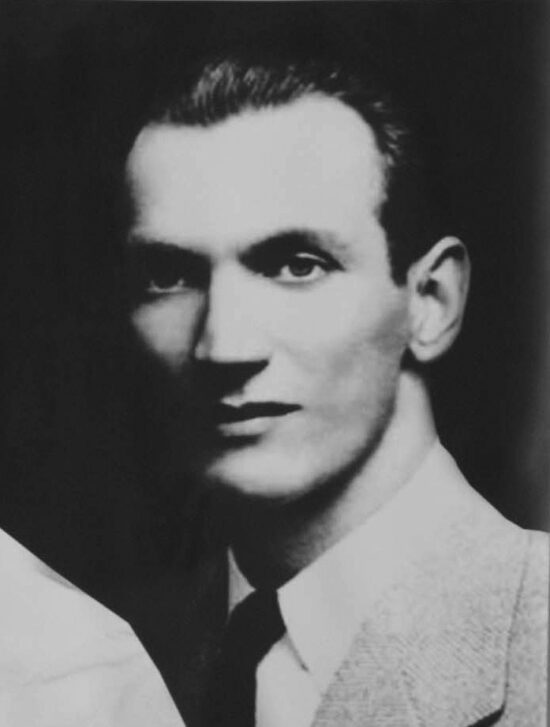
In 1940, Jan Karski, a courier for the Polish underground, submitted a report in which he described Polish perceptions of Jews. “The attitude of the Jews toward the Bolsheviks is regarded among the Polish populace as quite positive,” he wrote. “It is generally believed that the Jews betrayed Poland and the Poles, and that they are basically communists.”
Adler places the situation in its correct context: In a reference to the 1939 Soviet takeover of eastern Poland, she writes, “It stands to reason that many Polish Jews would have greeted the Soviet invasion with relief. For a Jew, Soviet troops were preferable to German ones.”
The alternative to Soviet power was German rule. By mid-September of that fateful year, Polish Jews realized that the German presence was synonymous with violent persecution and murder.
Yet to ethnic Poles, the German and Soviet occupations were equally disastrous, leading to the accusation, known as zydokcomuna, that Jews and communism were inextricably linked. In fact, the vast majority of Jews were not communists, while the Jewish merchant class and Orthodox Jews feared Soviet policies with respect to capitalism and religion.

Most Jewish refugees heading to eastern Poland went to larger cities such as Bialystok and Lvov. Ida Kaminska, the star of the Warsaw Yiddish stage, was invited to start a Yiddish theater after her arrival in Lvov. The comedy duo of Szymon Dzigan and Israel Szumacher established themselves in Bialystok, though they soon learned that every show must end with a “Long Live Stalin” salutation.
Nearly all the refugees from western Poland rejected the offer of Soviet passports and registered to return to their homes after the war. “However, a significant proportion of the refugees did accept Soviet citizenship,” she says.
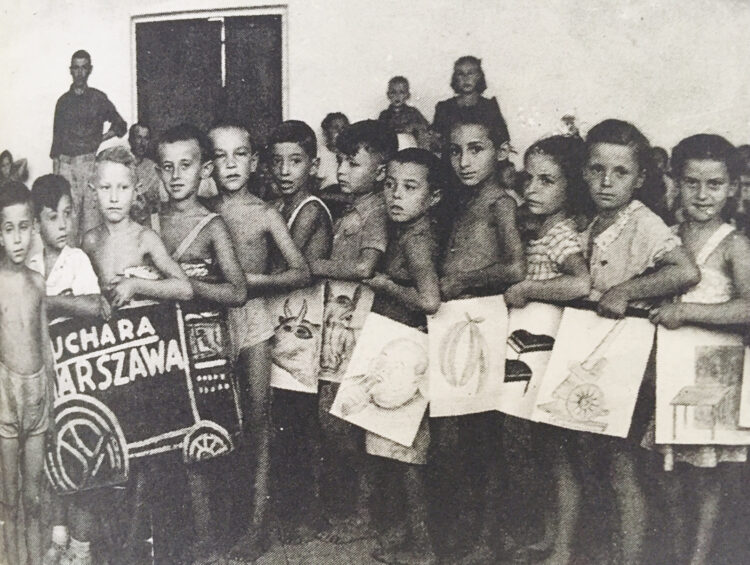
Adler rejects the Soviet claim that Polish Jews were evacuated from the front lines following Germany’s invasion of the Soviet Union. Some Jews, specifically those with military, professional or Communist Party affiliations, were moved out expeditiously. But on the whole, she notes, “the Soviet Union prioritized military and industrial concerns over humanitarian ones.”
Conditions in the Soviet Union were difficult for Jews assigned to collective farms or labor battalions. A minority of Jews enlisted in the Red Army, eager to confront Nazi troops on the battle fields.
All too often, single women were sexually exploited.
Relations between Polish Jews and Polish Christians exiled in the Soviet Union were constantly in flux, conditioned by, among other factors, prewar history and memory. In general, Jewish refugees reported positive interactions with Polish Christians, but those who wished to join General Wladyslaw Anders’ army-in-exile said they faced resistance due to antisemitism.
Young Polish Jews who attended Soviet schools were given enticing educational and professional opportunities. Still others married Russian women and integrated into Soviet society.
Jews returning to Poland were sometimes greeted with hostility and violence, especially if they sought to reclaim property. Six hundred and fifty to 750 Jews were murdered in the months after Poland’s liberation from the Nazi yoke.
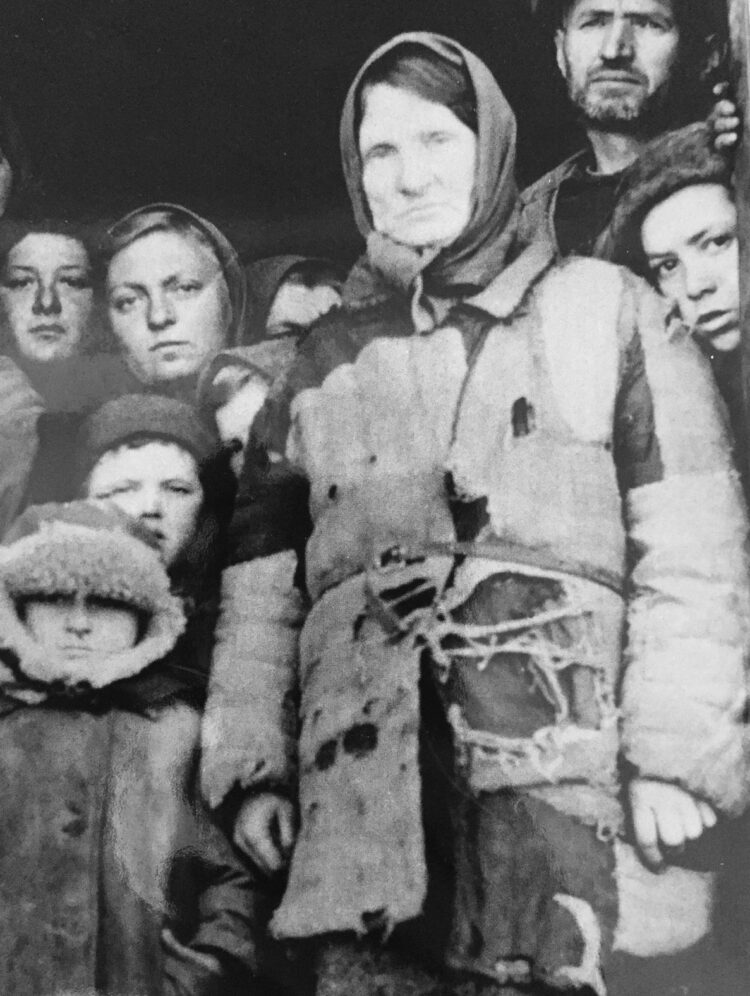
The problem was compounded by the perception that Jews were foreigners and had played a role in the imposition of communism in Poland. “After the war, many Polish non-Jews no longer saw Jews as legitimate Polish citizens,” writes Adler in a stunning indictment of Polish attitudes toward Jews. “Drawing on prewar antisemitic stereotypes and familiar Nazi wartime propaganda, opponents of the new regime exploited the myth of the zydokcomuna and instrumentalized antisemitism against communism.”
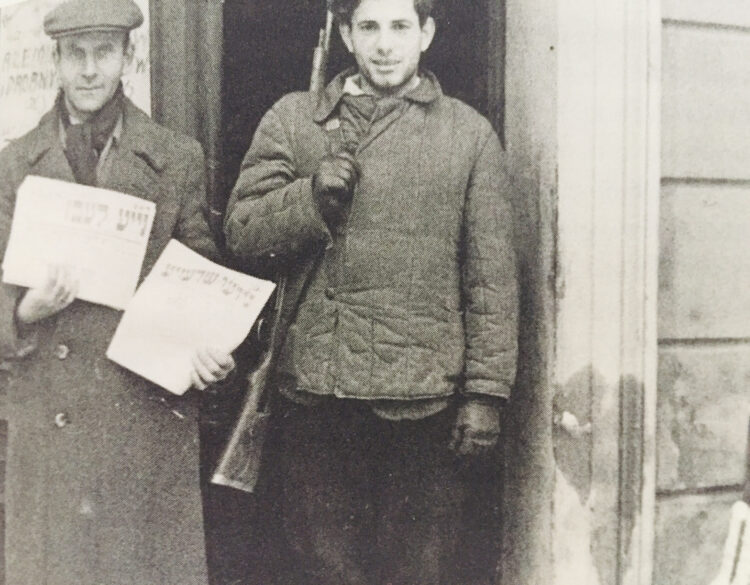
Given the fraught atmosphere in Poland, the Jewish emigration rate remained high. “By the end of the 1950s, the Jewish population consisted of people who were committed to the communist vision, who had married non-Jewish Poles, retained their “Aryan’ identities or assimilated fully into Polish culture, or who could not, for one reason or another, leave,” says Adler.
Twenty five thousand to 30,000 such assimilated Jews lived in Poland by the mid-1960s. Close to 13,000 left following the 1967-1968 state-sponsored antisemitic campaign, which stained Poland’s image abroad.
